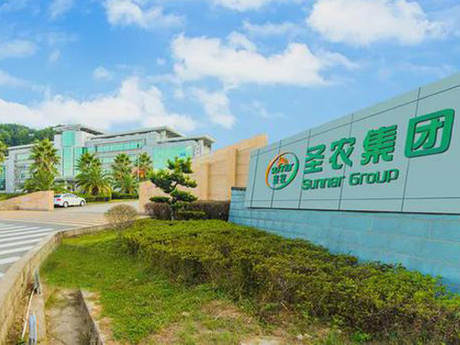Belt conveyor
Belt conveyor, also known as belt conveyor, is an indispensable economic logistics conveying equipment to form a rhythmic flow line. Belt conveyor can be divided into heavy belt conveyor such as mining belt conveyor, light belt conveyor such as used in electronic plastics, food light industry, chemical and pharmaceutical industries. The belt conveyor has the advantages of strong conveying capacity, long conveying distance, simple structure, easy maintenance, and convenient program control and automatic operation.
Component
The belt conveyor is a kind of friction driven machine which transports materials in a continuous way. It is mainly composed of frame, conveyor belt, idler, roller, tensioning device, transmission device, etc. It can form a material conveying process from the initial feeding point to the final unloading point on a certain conveying line. It can not only transport the broken materials, but also the finished products. In addition to pure material transportation, it can also be combined with the requirements of the technological process in the production process of industrial enterprises to form a rhythmic flow line.
Working principle
The belt conveyor is mainly composed of two end rollers and the closed conveyor belt on the tight sleeve. The drum that drives the conveyor belt to rotate is called driving drum (driving drum); the other drum that only changes the moving direction of the conveyor belt is called changing drum. The driving roller is driven by the motor through the reducer, and the conveyor belt is driven by the friction between the driving roller and the conveyor belt. Generally, the driving roller is installed at the discharge end to increase the traction and facilitate the dragging. The material is fed by the feeding end, falls on the rotating conveyor belt, and is transported to the unloading end for unloading by the friction of the conveyor belt.
Scope of application
Belt conveyor is widely used in metallurgy, coal, transportation, hydropower, chemical industry, building materials, electric power, light industry, grain, port, ship and other industries, because of its large capacity, simple structure, convenient maintenance, low cost, versatility and other advantages.
















